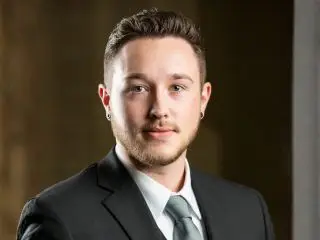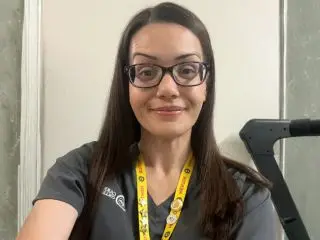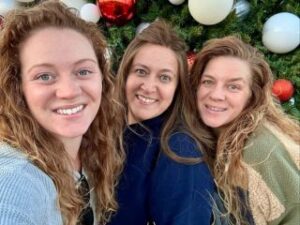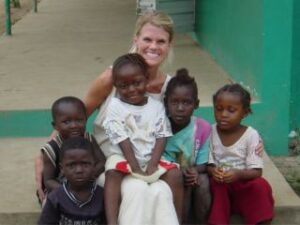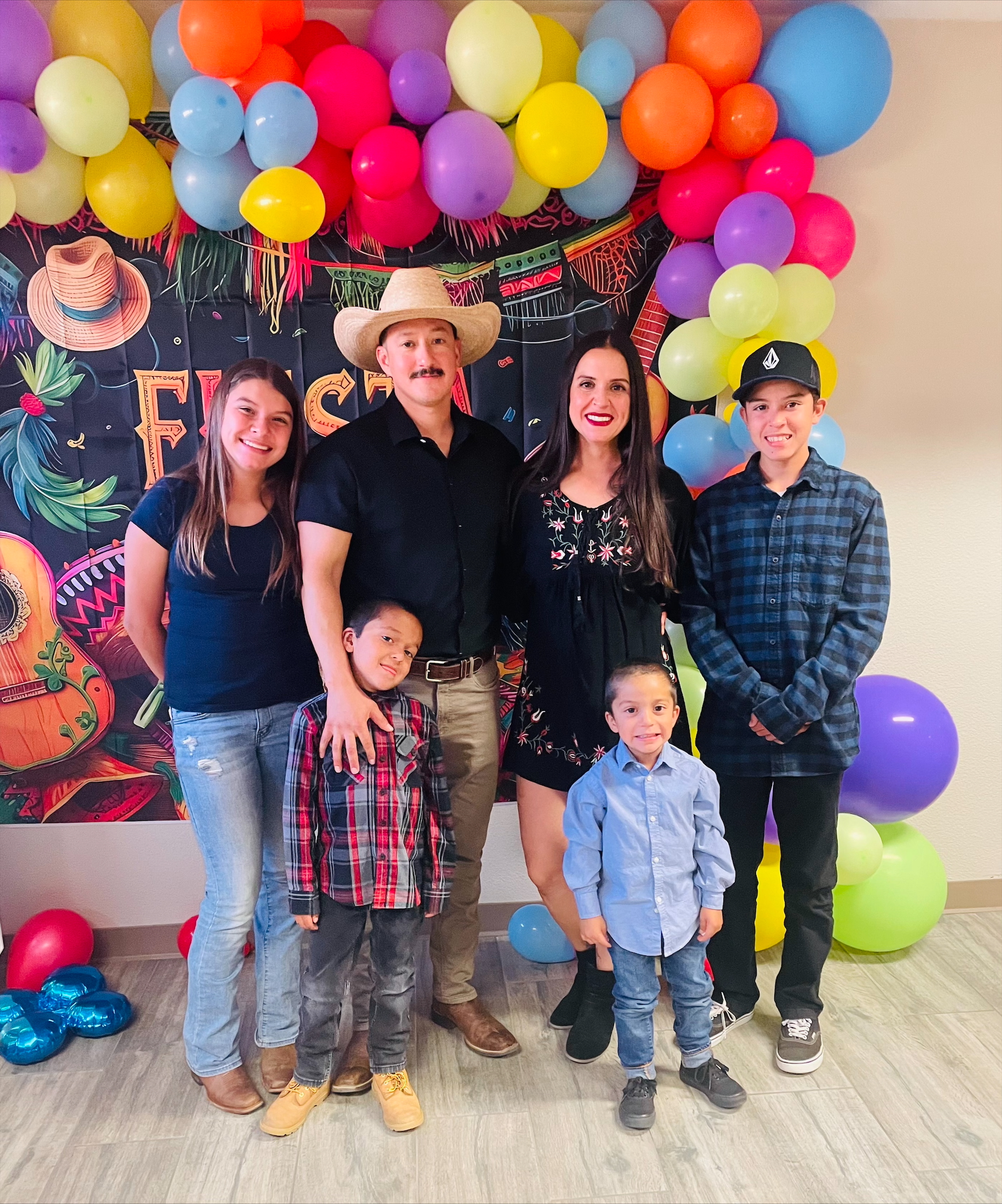 Diagnostic Medical Sonography, or DMS, is the study of ultrasound technology. It is an intensive 75 week program offered at Carrington College’s Bakersfield and Temecula campuses. Clinical rotations for the students are an important part of testing a student’s skills in performing ultrasound. Adrienne Sandoval is the Clinical Coordinator for incoming students; it is her responsibility to place the students in clinical rotations at various medical imaging facilities and hospitals throughout southern and central California, some as far as 100 miles from campus. She is always on the lookout for clinical sites that are best for teaching students, then building relationships with the sites, talking to the Director of Radiology personally to get feedback that circles right back to making the student experience better during clinical rotations. She knows what makes a good sonographer and is looking to bring out what potential she sees in her students. She loves finding new sites and understands what gives them the opportunity to grow in experience and confidence.
Diagnostic Medical Sonography, or DMS, is the study of ultrasound technology. It is an intensive 75 week program offered at Carrington College’s Bakersfield and Temecula campuses. Clinical rotations for the students are an important part of testing a student’s skills in performing ultrasound. Adrienne Sandoval is the Clinical Coordinator for incoming students; it is her responsibility to place the students in clinical rotations at various medical imaging facilities and hospitals throughout southern and central California, some as far as 100 miles from campus. She is always on the lookout for clinical sites that are best for teaching students, then building relationships with the sites, talking to the Director of Radiology personally to get feedback that circles right back to making the student experience better during clinical rotations. She knows what makes a good sonographer and is looking to bring out what potential she sees in her students. She loves finding new sites and understands what gives them the opportunity to grow in experience and confidence.
What does it take to be a good sonographer?
- A strong attention to detail: an early diagnosis of a problem is the best cure. As the sonographer, your attention to detail could possibly find something that can be treated before it becomes a problem.
- A strong desire for patient care: we are the only ones in radiology with close proximity to patients. You need to have that compassion to help them through the process.
- Real communication skills: you are talking to radiologists and translating to other doctors what you saw.
- Great eye/hand coordination: you’re typing with one hand and scanning with another sometimes!
Is it for anyone who decided they wouldn’t become a doctor, but were still interested in the medical field?
Yes, it could be for those who wanted to be a doctor without the commitment. But it is an intense program; you must take it seriously. The field of medicine now is so tech-dependent. Your work is important; it impacts the decisions doctors make. Radiology is also based on comparison. We compare several exams of one patient too; watching the progression of a lesion on an organ, for example, and how it is changing.
How did you get into the field?
Before this job I was a Diagnostic Technician for 18 years in various locations and patient settings. It all started when a friend of mine asked if I was interested in going with her to some DMS classes and I went along; she eventually stopped going and I continued.
Why did you stay?
I liked the in depth learning of pathology and anatomy for one. And that I must take this job seriously because the smallest minute thing could make a difference. And if you did your job well and caught it early (which is the key), you had the potential to save someone’s life.
Was there anyone that inspired you along the way?
Yes, my program director where I got my DMS degree. She refused to let me quit. There were times I wanted to, and she would tell me to take a nap, come back and finish what we started. I watched her step away from scanning and into the Program Director job when she was my preceptor at the time. She was a huge part of it; she passed away a few years ago. I owe my career to her 100%.
You’ve been here for about a year, just out of the field: what do you find challenging?
Well, it has been a career change for me. It is challenging, but I like it. I love that I can make a difference and can bring better technicians into the field. To prepare and assess them before going out on clinical rotations, we do “Skill-offs” – a kind of game to follow a protocol, compete within a time frame and identify the pathology. For me, right now my work hopefully is building careers. It’s kind of like the old saying, “See One Do One Teach One.”
I understand you will be promoted to Program Director next month. Congratulations on making the transition to a new career such a success!
Thank you.
